
Are Hoverboards Safe for Children? Tips & Recommendations
As a parent, I want to buy the popular gadgets for my children. Hoverboards seem fun, and all the kids want one. But I’ve heard some hoverboards can catch fire or cause injuries. I researched this more to find out: are hoverboards safe for children?
The short answer is yes, hoverboards can be safe if you:
- Pick one made by a reliable brand
- Follow age and weight rules
- Use protective gear like helmets & wrist guards
- Supervise kids and teach hoverboard safety tips
Let’s discuss this more so you can decide what’s best for your child!
How Do Hoverboards Work?
Hoverboards may look magical, but they use basic technology. Here is a quick explanation of how they work:
Self-Balancing Technology
Hoverboards stay upright using self-balancing technology. This is also called “Dynamic Equilibrium”. It refers to the state where the rider is balanced and stable while moving, even though there are forces acting on them. The hoverboard is constantly making small adjustments to maintain balance as the rider shifts weight, accelerates, or decelerates.
Hoverboards use gyroscopes and accelerometers to detect changes in the rider's position and adjust the motor speeds accordingly. When the rider leans forward or backward, the sensors detect the shift, and the board adjusts its speed to keep the rider upright. This constant adjustment creates a dynamic balance, allowing the rider to stay balanced while in motion.
This self-balancing ability gives the hoverboard its easy, almost mind-reading feel. As you lean forward, the board starts gliding ahead. Lean back, and it brakes and goes backwards. You turn by leaning left or right. Once you get used to it, moving around feels really natural.
Speed and Battery Life
Most hoverboards go 6-8 mph. Fancy ones can hit 10 mph. Lean forward more to go faster. Cheap boards run for 60 minutes. Expensive ones keep going over 2 hours. Charging takes 2-3 hours. Check hoverboard models from iHoverboard store, several models with different colors differs in their charging time.
Some hoverboards have a beginner mode. This lets kids learn at slower speeds. “Off-road” versions have big tires and strong motors. These can handle bumps and dirt but don’t go as fast.
What Ages are Hoverboards Recommended For?
So, most hoverboard makers say kids need to be at least 8 before riding one safely. But you gotta think about stuff other than just age. Like, how coordinated is your kid? Do they make risky choices a lot or nah? And can they make good calls about what's safe and what's not? All that matters too.
So can kids under 8 actually ride hoverboards? The short answer is nope, not really. Most manuals say 8 years old is the youngest they feel good about. Smaller kids usually don’t have the balance and coordination to control it well. Plus their little bodies are lighter. So the fancy sensors might not pick up their moves fast enough to keep things steady.
Now some 7- or 8-year-olds might be solid riders, even though they’re young. But they gotta have great coordination and know how to make smart choices about when and where to ride. If your kid loves taking risks, they might not be ready maturity-wise, you feel me?
Luckily many hoverboards got a training mode to start. This keeps the speed low - around 4-6 miles per hour - so newbies can practice. Once your kid’s got skills, that baby limiter comes right off. Then they can really fly!
How to Use a Hoverboard Safely
Once you’ve selected an age-appropriate hoverboard with proper safety features, you’ll want to ensure your child uses it safely. Follow these tips:
✔ Closely Supervise New Riders: Kids need close adult monitoring to prevent mishaps and offer guidance when first learning to ride. Teach essential stopping, steering, mounting, and dismounting. Only allow solo riding once skills are mastered.
✔ Require Protective Gear: Helmets, wrist guards, elbow pads, and kneepads help minimize injury risks. Gear up every ride until proficient. Ankle support is also essential, so lace-up sneakers or riding shoes work best.
✔ Check the Riding Area: Inspect for potential hazards before each use. Avoid wet areas, steep inclines, crowded spaces, and rough terrain. Paved surfaces free of debris work best.
✔ Teach Safe Riding Habits: Instruct kids to ride defensively, watch for pedestrians, and slow down inclines or crowded paths. No stunts or tricks either. Staying in control is critical to prevent accidents.
✔ Follow Charging Guidelines: Use the provided charger only, avoid overcharging, charge in open spaces on non-flammable surfaces, and never leave charging boards unattended. This dramatically reduces any fire risks.
Potential Risk of Hoverboards
Let's discuss the biggest question on parents’ minds: are these contraptions safe for our kids?
Risk of Fires and Explosions
Hoverboards catching fire while charging is scary. This mainly happens because of bad quality control and cheap parts, especially the batteries. Overheating batteries can start fires or even blow up.
Newer hoverboards meet stricter safety regulations, but you still need to be careful. Follow charging instructions that come with the hoverboard package carefully. Never leave a hoverboard charging without checking on it or while sleeping. Charge on something that won't burn on a surface away from stuff that could catch fire. Also, look for the UL 2272 safety stamp.
Risk of Falls and Injury
Hoverboards can be tricky to ride. They don't have handles to grab onto if you feel yourself falling. So you might wipe out a lot, especially when first learning. Many kids visit the emergency room after hoverboard accidents. Common injuries are broken wrists or scraped up arms from trying to catch yourself. Head injuries too if you don't wear a helmet. To help lower risks:
- Wear pads and a helmet - safety first!
- Watch new riders closely - don't let them go too fast or recklessly.
Go slow and be careful at the start! Wearing protection can save you from some nasty spills. And having an adult around is smart. Making good choices helps keep this fun activity from becoming an injury.
UL 2272 Safety Certification
UL, or Underwriters Laboratories, is a global safety certification company that tests and certifies products to ensure they meet specific safety standards. UL is well-known for its rigorous testing processes, and its certification mark (the UL Mark) is often seen on a wide variety of products, indicating that the item has passed their safety evaluations.
UL's work is particularly important in industries such as electrical appliances, electronics, and industrial equipment, where safety is a critical concern. If a product bears the UL certification, it signifies that it has met the standards set for safety in its specific category.
Look for the UL 2272 label to indicate your hoverboard complies with voluntary safety standards. This certification by Underwriters Laboratories verifies the electrical system passed requirements to reduce fire hazards. While risks exist, parents can make informed decisions to minimize dangers. Proper supervision, gear, and hoverboard features all help, as we’ll explore next.
How to Choose a Safe Hoverboard
While no complex mechanical device can ever be deemed 100% safe, prudent product selection goes a long way in injury prevention. Here’s what to look for in a kid-friendly hoverboard:
UL 2272 Certification: Consider models displaying the UL 2272 mark, indicating compliance with rigorous electrical and battery safety testing. This should be your bare minimum requirement.
Appropriate Speed and Weight Limits: Select a hoverboard aligned with your child’s skills, experience level, and physical size. Those with lower maximum speeds, smaller wheel sizes, and lighter recommended weights are ideal for younger new riders.
High-Quality Components: Inspect build quality before buying. Avoid cheap boards made with flimsy materials prone to breakage. High-grade plastics, sturdy foot platforms, and name-brand electrical components increase safety and durability.
Self-Balancing Technology: Ensure your hoverboard has gyro sensors and self-balancing capability. This makes the board easier to control and less prone to sudden jerky movements that could cause falls.
Adjustable Speed Modes: Many models have different speed settings you can toggle as kids improve their abilities. Low speeds for beginners can be dialed up as skills progress. This prevents over-challenging newbies.
Best Hoverboards for Kids in 2024
Based on customer reviews and sales, here are 2 top-rated hoverboards for kids in 2024:
H1 Hoverboard for Kids from iHoverboard
The H1 Hoverboard by iHoverboard prioritizes safety with its UL 2272 certification, ensuring electrical and battery safety. It features non-slip footpads for a firm grip, ensuring stability while riding. The hoverboard also comes equipped with self-balancing technology, making it easier for beginners to stay balanced. Its sturdy design includes LED lights for increased visibility in low-light conditions, enhancing rider safety. Additionally, the battery management system prevents overheating and overcharging, making the H1 a reliable and secure choice for children and beginners alike.

H1 Hoverboard Main Features:
Speed - At a peak speed of 6.8 mph, experience the excitement of riding and potentially surpass your companions.
Self-Balancing - The H1 hoverboard features a self-balancing control system enabling safe and easy operation, facilitating straight movement, turning, and 360-degree rotation.
LED Headlight - Enhanced front LEDs and ambient lights illuminate your journey and enhance your experience.
6.5" LED Wheel - The hoverboard is equipped with solid rubber tires so you don't need to worry about flats and can keep on riding.
H4 Hoverboard for Kids from iHoverboard
The H4 Hoverboard is built for safety with CE Electrical Certification, ensuring that it meets European safety and environmental standards. Its safe battery enclosure protects the battery from potential hazards like overheating, extending both performance and longevity. The hoverboard’s durable 6.5-inch tires provide excellent stability and control, enhancing safety on various surfaces. Together, these features make the H4 a secure and reliable option for riders, particularly children, looking for a safe and smooth ride.

H4 Hoverboard Main Features:
None-Slip Footpads - H4 hoverboard none-Slip footpads provide enhanced stability and traction for a better riding experience. Improved control and maneuverability.
Bluetooth Music - Enhance your riding experience with music - 30% signal boost for IOS/Android compatibility, Stylish design for on-the-go use.
Extended Battery Life - the iHoverboard H4's new design is highly energy efficient, utilizing a 36V 2AH battery to cover up to 7.5 miles on a single charge.
Enhanced Performance - iHoverboard Hoverboards are renowned for their innovative designs and exceptional quality. With Dual 350 Watt Motors and a top speed of 7.5 mph, the iHoverboard H4 is capable of supporting up to 220lbs.
Are Hoverboards Legal? Regulations and Restrictions
Hoverboard use faces some limitations in public spaces. Riders should understand the rules in their locality. Some ban riding on sidewalks, while others prohibit use near traffic. Most consider hoverboards non-street-legal vehicles. Colleges, airports, trains, and airlines commonly forbid hoverboards due to fire hazards. Where they are permitted, common sense and courtesy help maintain good standing in the community.
While hoverboards bring inherent risks, a few precautions go far in keeping kids safe. With vigilant adult supervision, high-quality equipment, proper gear, and safe riding practices, hoverboarding can be an enjoyable activity that builds confidence and skills. As with any riding toy, some bumps and bruises may occur. But a little preparation helps minimize any severe hazards for your child’s road to mastering their magical new hoverboard.
Conclusion
Hoverboards provide kids with hours of fun while developing balance and coordination. However, safety concerns around potential fires and rider falls are valid. Following age guidelines, purchasing a properly-sized board from a reputable company, and taking preventative measures significantly reduce risks. With prudent precautions, hoverboard enjoyment can come smoothly and safely.
Just use sound judgment, gear up, and hover on!
FAQs
Q: Are hoverboards safe for 10-year-olds?
Most manufacturers recommend ages 8+ as the minimum for hoverboards. However, consider your 10-year-old’s coordination and judgment before allowing use.
Q: What is the most common hoverboard injury for kids?
Fractures, bruises, and sprains to wrists, arms and heads are most common when kids fall off hoverboards. Wearing safety gear helps prevent these.
Q: Is it safe to buy a cheap hoverboard?
It depends, check their safety features like UL certification. Invest in a quality board from a reputable brand.
Q: Are self-balancing hoverboards safer?
Self-balancing technology makes hoverboards easier to ride and control, reducing fall risks. Prioritize boards with this feature.
Product Category
Recent Posts
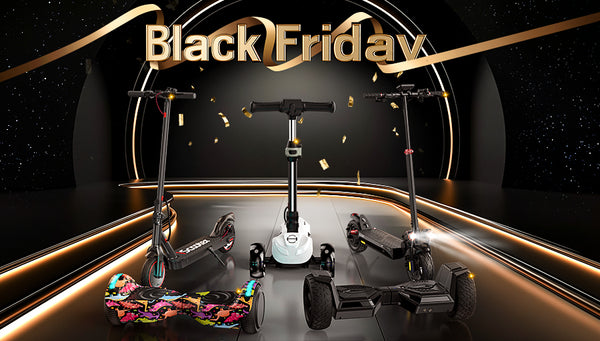
Up to 50% Off! Our Black Friday 2024 Event Is HERE!

Best Hoverboard with Seat: K3 Hoverboard Go-Kart Guide!
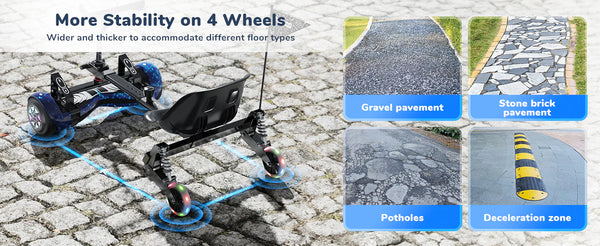
Go-Kart: The Complete Guide to Hoverboard with Seat
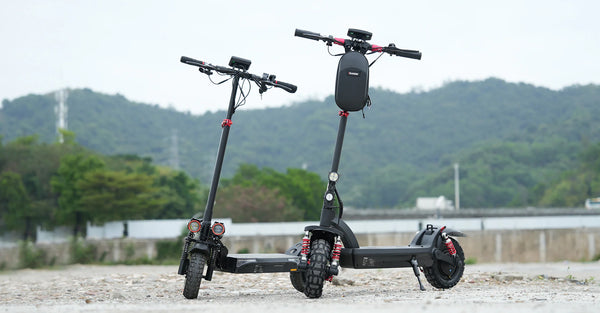
Electric Scooter Wheels: Solid Tires vs Pneumatic Tires
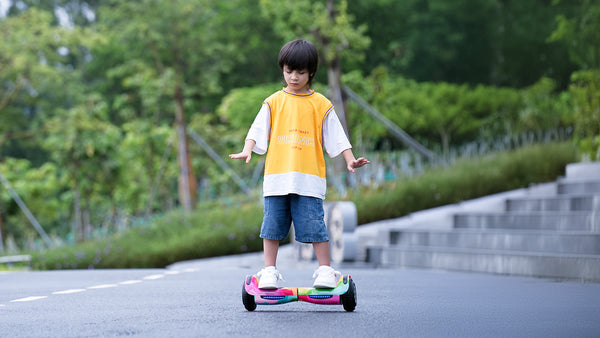


































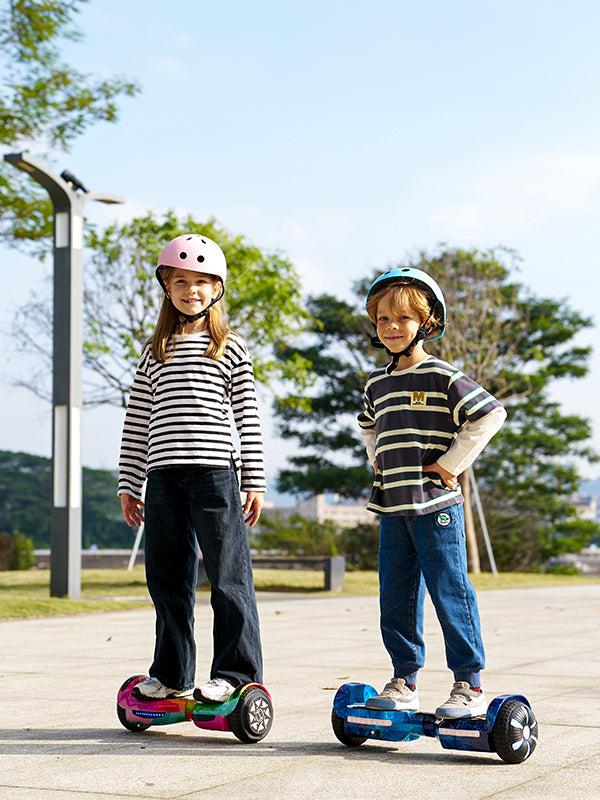




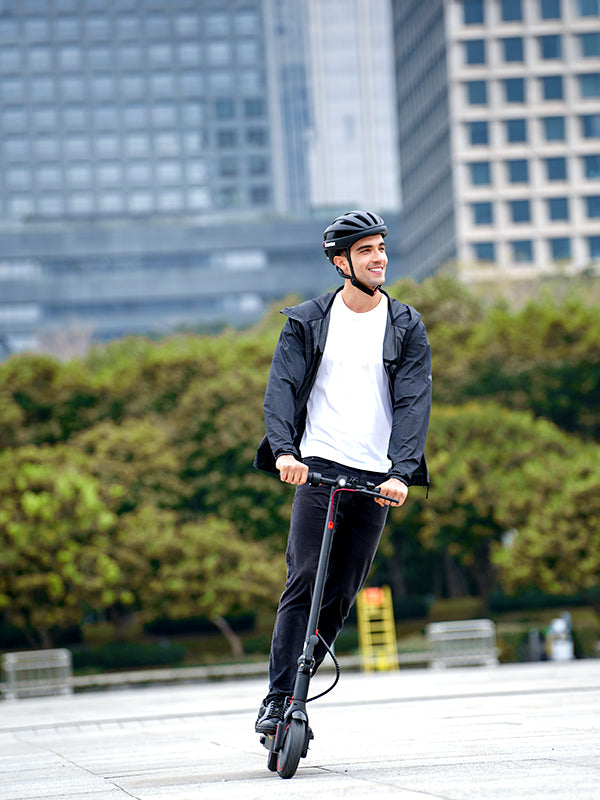

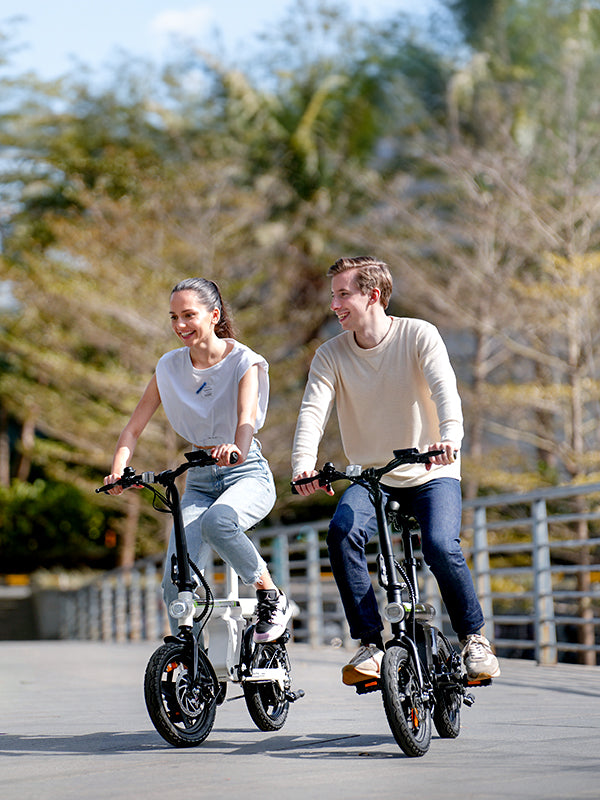










Still, need help? Contact Us: support@ihoverboard.com
What's the option? Check out the option now!
Leave us a message